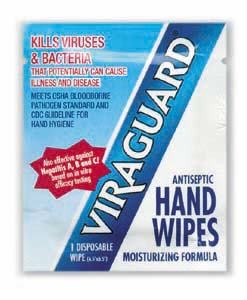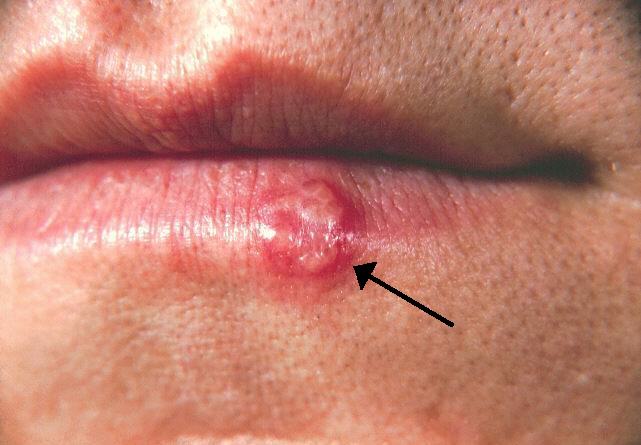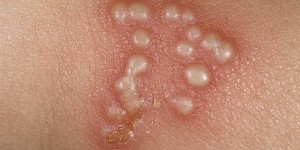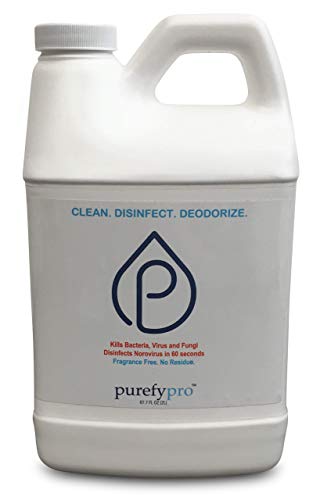HSV-2
HSV-2 is the more infamous of the two herpes simplex viruses. It is common among adults in the United States but is not as common as HSV-1. Approximately 16%, or 1 in 6, adults in the United States have been exposed to HSV-2 at some point in their lives, usually after they initiate sexual activity. HSV-2 usually causes the disease known as genital herpes, but again, like HSV-1, it can appear anywhere on the body that is exposed to the virus. HSV-2 is more likely to reactivate and to cause lifelong symptoms, although again, in most people, outbreaks are limited in number and may never recur, and if they do reoccur, that is most likely to happen in the time shortly after infection with outbreaks decreasing in severity and frequency over time. As with HSV-1, stress, including pregnancy, can contribute to outbreaks. HSV-2 outbreaks can be controlled with oral medication, but again, this is not a cure and the disease can still be spread to others even when no active symptoms are present. In very rare cases, usually in children born to infected women who are experiencing an outbreak at the time of birth and who deliver vaginally, HSV-2 can cause a devastating disease of the nervous system that often results in the death of the infant or very severe neurologic disease. It is vital that women receive prenatal care and testing that includes screening for HSV-2 and if active disease is present or suspected, Caesarian delivery be considered along with medication interventions. This neurological form of HSV-2, or even HSV-1, infection can occur later in life, often in adolescence, with potentially similarly devastating consequences. This neurological type of disease cannot be predicted or even necessarily prevented; avoiding infection is the only sure way to prevent potentially serious consequences.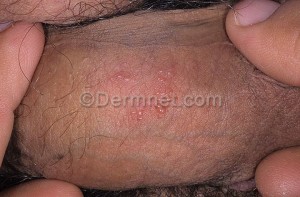
Getting It
HSV-1 and HSV-2 are almost always transmitted through direct bodily contact and any skin surface can become infected, although this most commonly occurs on the face or lips, as well as in the genital and anal regions of the body as these are the areas most commonly involved during contact with others. HSV-1 can be spread through kissing or any facial contact, but can also be spread sexually depending on the type of sexual activity involved, whereas HSV-2 is usually transmitted through sexual activity although, again, it can appear anywhere on the body. It is at least theoretically possible for infection to occur through contact with infected body fluids, especially the fluid from inside the lesions, or blisters, common in these infections, without direct physical contact, through contact with infected surfaces, although this is not a well-documented source of exposure.
Avoiding It
The prevention of HSV-1 and HSV-2 infection is based on avoidance of contact with infectious material either through avoiding physical contact with others, using barrier protection methods during sexual activity, and/or through the complete and thorough disinfection of potentially contaminated surfaces.
Eliminating It
Many products may claim to kill herpes simplex viruses, or it may be widely believed that some products can eliminate them, but in reality only a very few have bothered to undergo the rigorous laboratory testing and the associated EPA registration process to prove their ability to kill the herpes simplex viruses, and by extension, the other members of the herpes virus family. CleanerToday.com is proud to be an authorized retailer of several products that feature EPA registration and demonstrated proof of kill effectiveness against both HSV-1 and HSV-2.